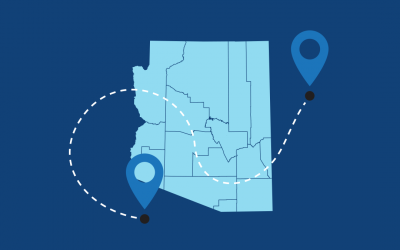This is part one in a two-part series. You can read part two here.
As the holiday shopping season winds down and the year begins again, eCommerce businesses everywhere start looking forward to the future.
Although it’s important to keep up with eCommerce trends, it’s also vital to stay abreast of news about order fulfillment services because no matter how big your company gets, it can always benefit from new technology and techniques.
Fulfillment Services Continue to Grow
Small businesses are figuring out that they can leverage 3rd party logistics (3PL) firms to help fill in their fulfillment and warehousing gaps and it shows. According to a recent report by the Council of Supply Chain Management, 3PL revenues in 2014 exceeded $157 billion and logistics research firm Armstrong & Armstrong expects a 24.5 percent growth to $195.8 billion by 2018. The nearly $40 billion in growth means more trucks on the road, more 3PLs operating in the space and better services for small businesses.
Although the trucking industry is still operating at 95 to 97 percent capacity, 85 percent of 3PL providers and 70 percent of their customers agree that 3rd party logistics usage has contributed to an overall drop in logistics costs; 94 percent of 3PL providers and 83 percent of users agree that 3PLs contribute to improved services to shipment recipients. Self-driving trucks may be able to increase shipping capacity, further driving down costs.
Look for More Standalone Reverse Logistics
As fulfillment services grow, reverse logistics companies, also known as product returns management firms, are also gaining ground. According to an IBISWorld report, the industry has experienced a 3.3 percent annual growth rate from 2011 through 2016 and now has revenue exceeding $6 billion. Reverse logistics is a valuable addition to 3PL services, since they can help small businesses properly reclaim return items, either by repairing them and creating a resellable item or by recycling them for whatever value the scrap contains.
Dramatically reducing loss from returns is the main goal of reverse logistics, and small businesses across the country are seeing the benefit. Even if you employ in-house outbound logistics, reverse logistics services or departments are vital to expediting customer credits and replacement shipments.
These are just a few of the exciting things happening in fulfillment services for 2017. In part two of this two-part series, we’ll explore even more changes that will help your company reach further, do more and even be more accurate and efficient. Fulfillment services are changing dramatically, but there’s plenty for small business owners to be excited about!









